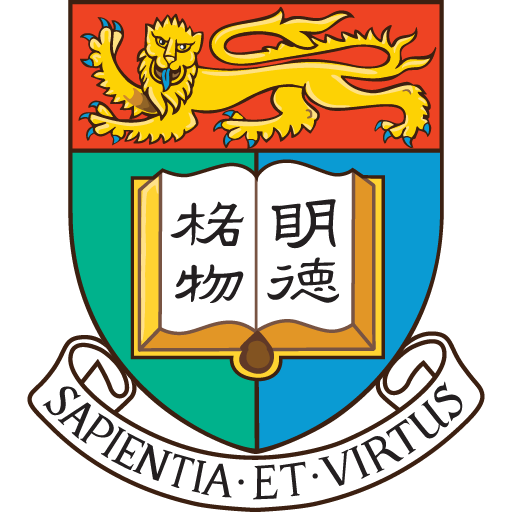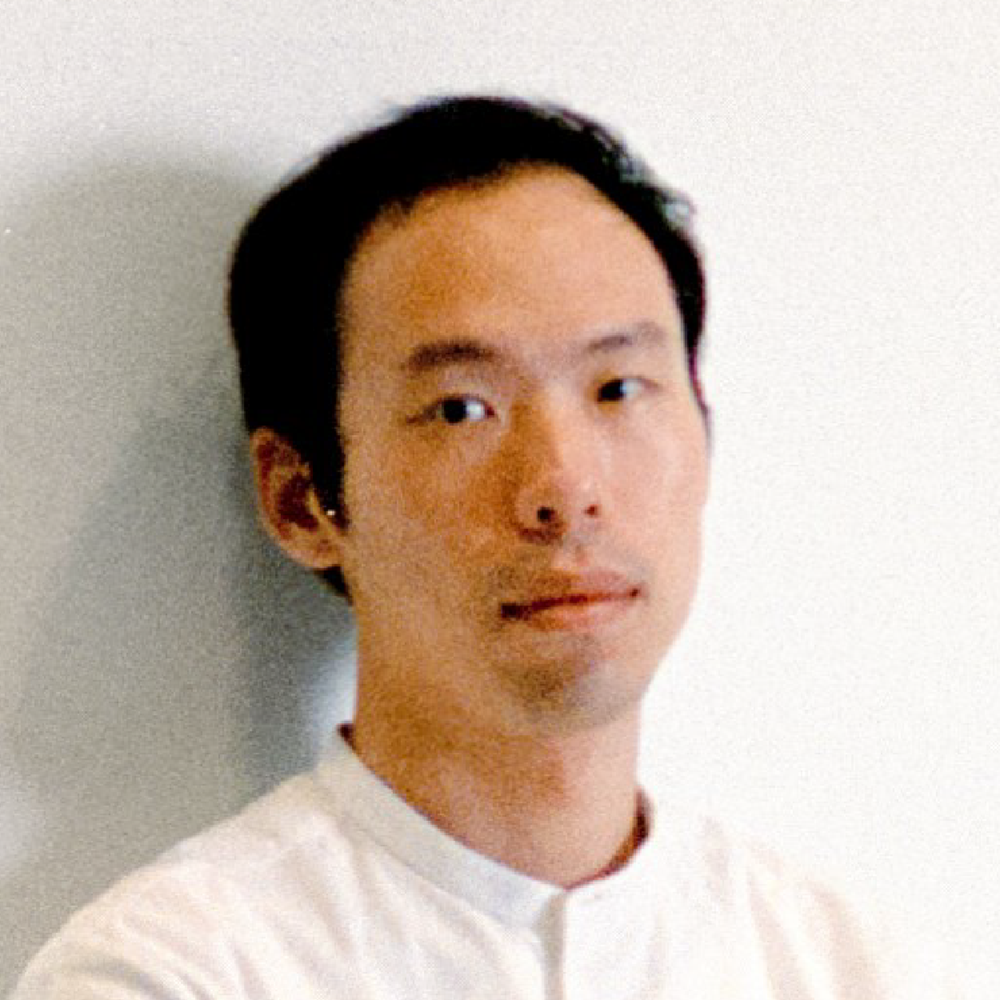
Detail
Abstract
This presentation outlines a series of interdisciplinary workshops and exhibitions conducted by the University of Hong Kong’s Faculty of Architecture, demonstrating a pedagogical model that actively cultivates the critical skills required for the future workplace and lifelong learning.
Moving beyond traditional classroom instruction, our programs—”Earthly Notes” in Guangzhou and “Banquet in the Woods” in Hunan—immersed students in complex, real-world environments. These experiences were deliberately designed to foster a core set of transferable competencies. Collaborative teamwork was fundamental, as students from diverse institutions (HKU, SCUT, GAFA, GDUT, HNU) worked alongside architects, artists, and local communities to co-create installations and performances. This demanded constant communication, both verbal and non-verbal, to negotiate ideas and align creative visions across cultural and disciplinary boundaries.
The very nature of the projects—building instruments from found materials or constructing a banquet table in a village—was rooted in problem-solving. Students encountered unforeseen challenges, from material constraints to site conditions, requiring innovative and adaptable solutions. This process inherently developed critical thinking; by probing the “animated history of isolated objects” and reimagining spatial narratives through sound, students learned to analyze contexts deeply, question conventional frameworks, and synthesize eclectic information into coherent artistic and architectural forms.
The public exhibitions, forums, and performances served as a crucible for these skills. Presenting work to over 7,000 visitors and engaging in roundtable discussions with leading theorists and practitioners honed professional communication and confidence. The final community banquet in Hunan, which attracted 50 local villagers, exemplified interpersonal skills and cultural sensitivity, transforming a theoretical design-build exercise into a meaningful act of social placemaking.
In conclusion, our approach demonstrates that by engaging with improvisation and community engagement, embracing interdisciplinary collaboration, and creating for a public audience, students develop a robust skill set—teamwork, communication, critical thinking, and problem-solving—that prepares them not just as future architects, but as agile, innovative, and empathetic contributors to any field they choose to pursue.
About the Speaker(s)





